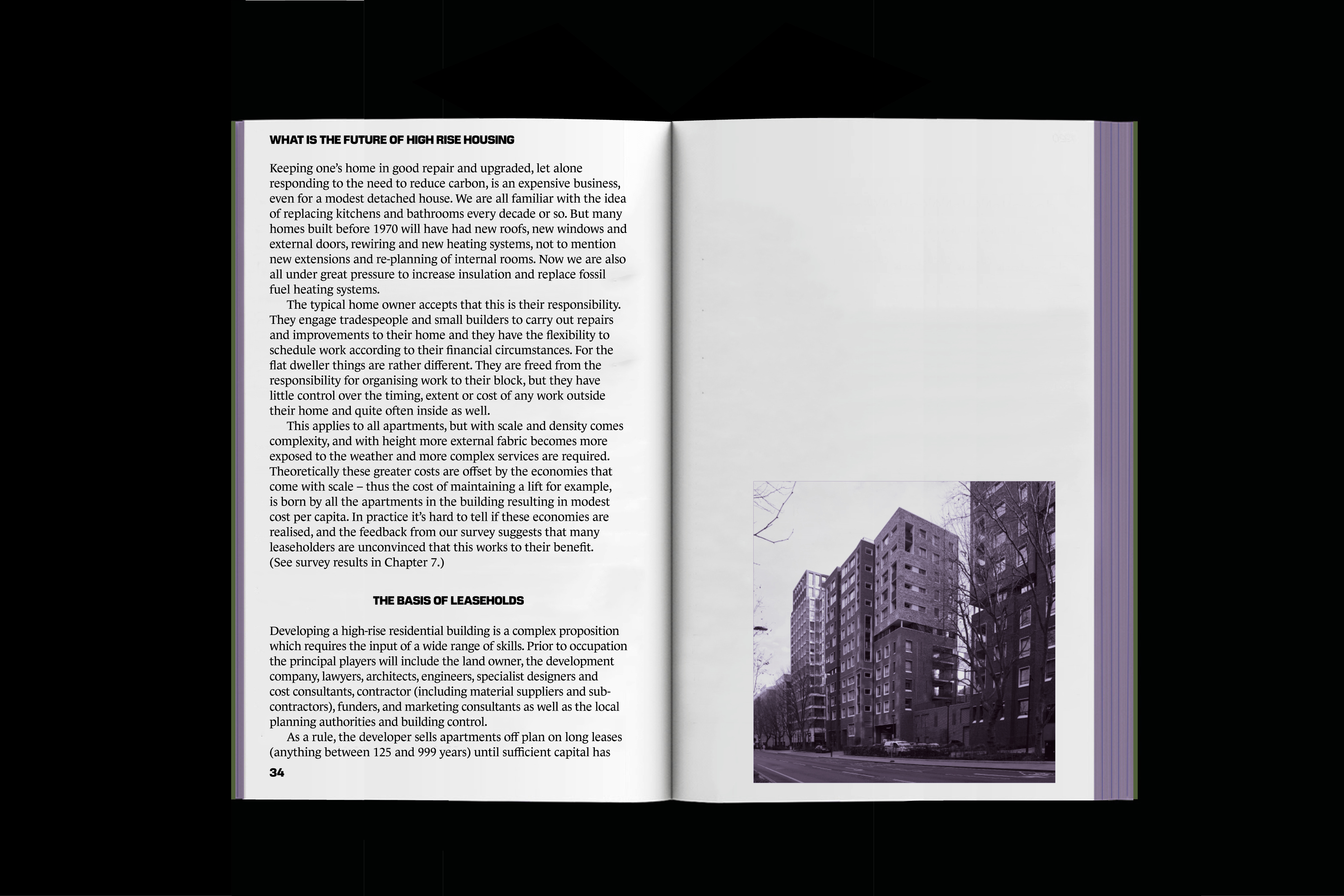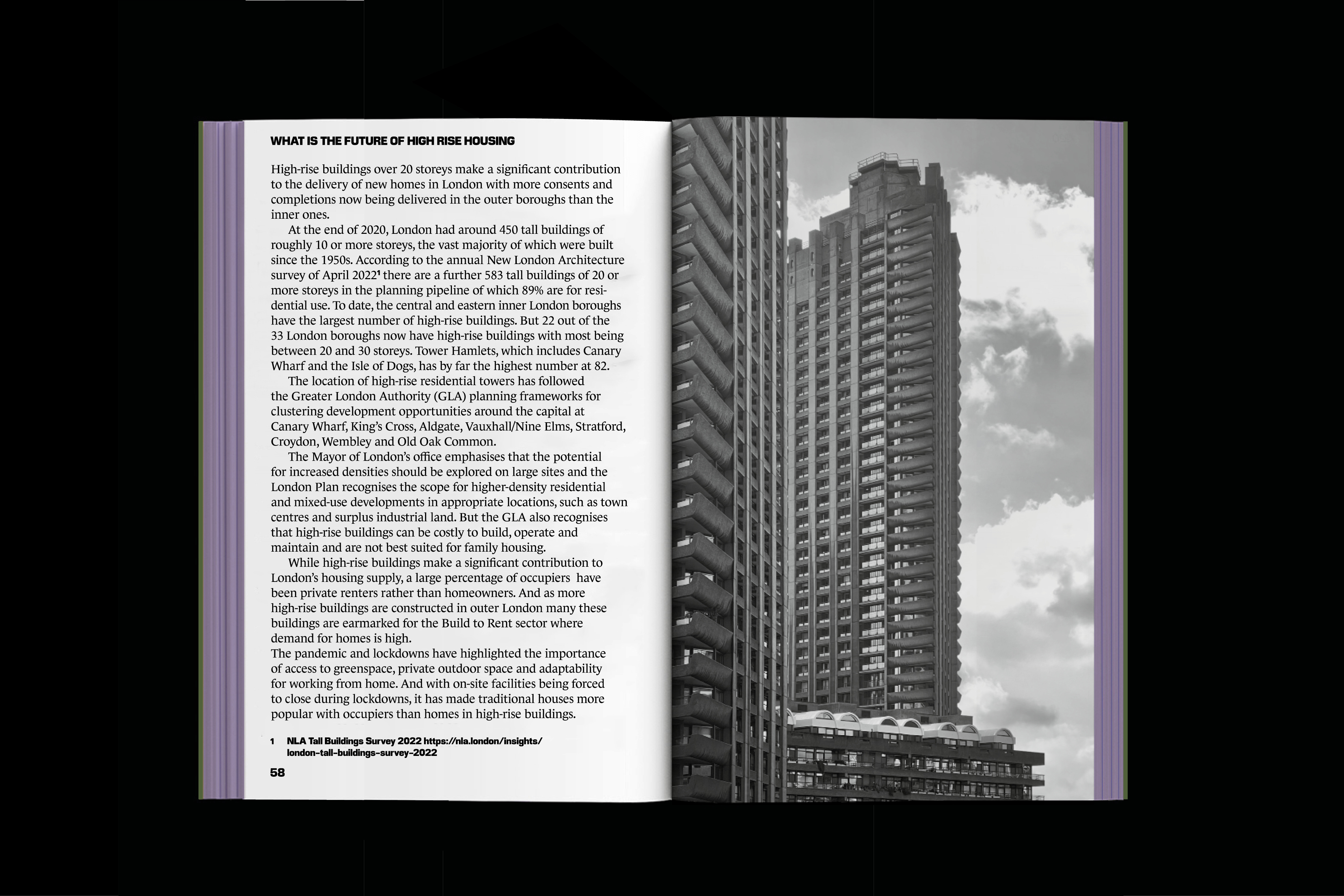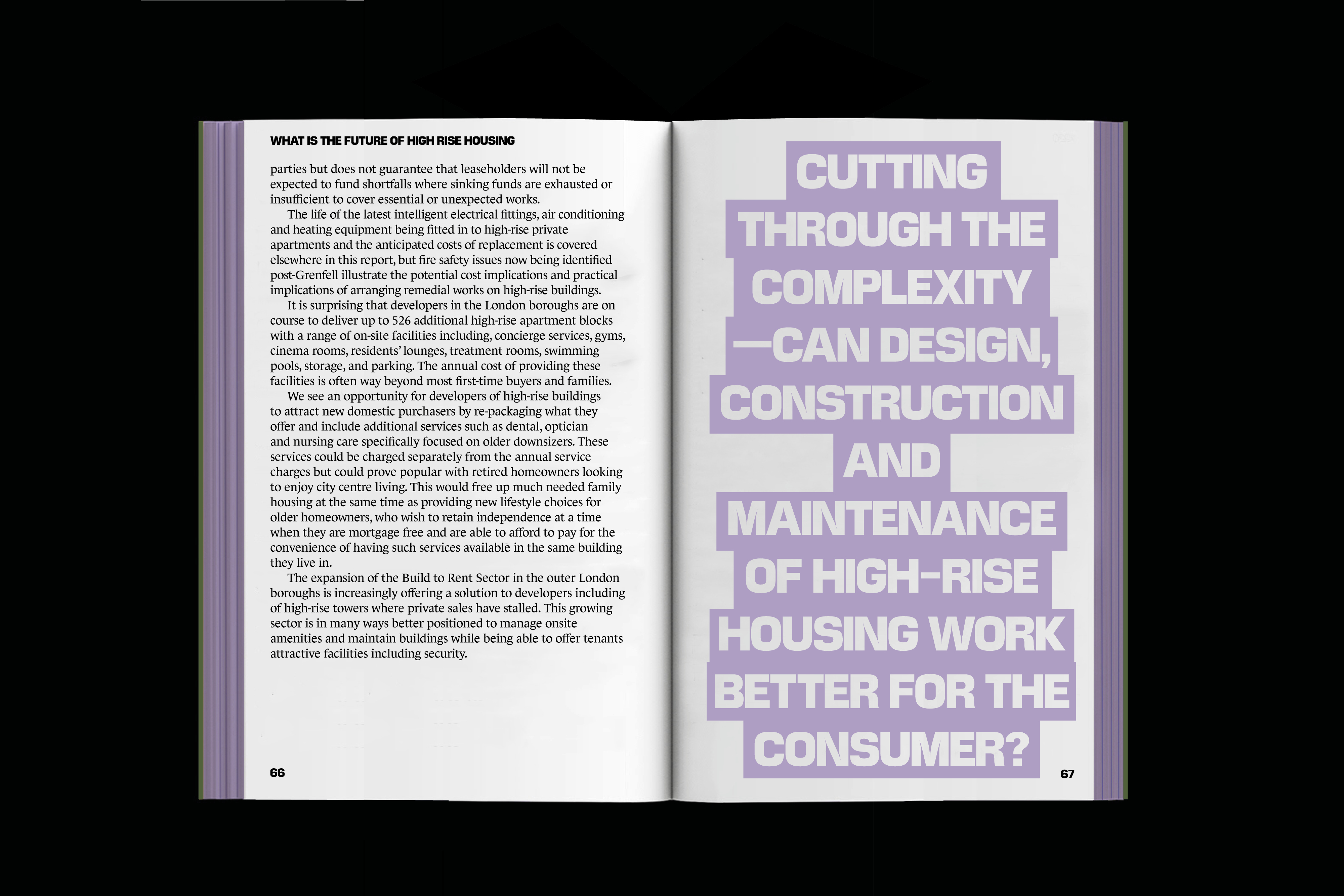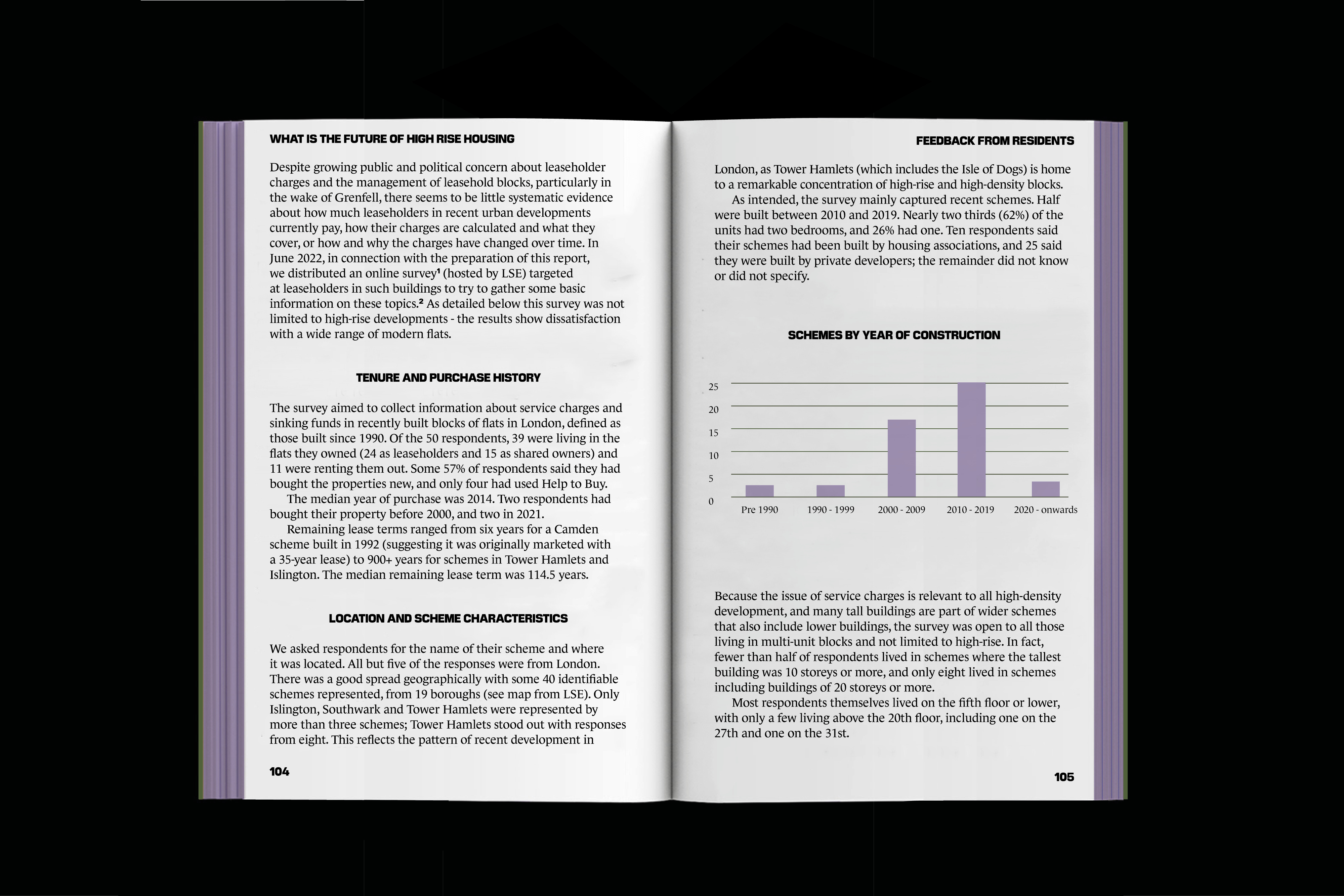
Government and industry need to do much more to ensure high-rise housing provides popular, maintainable, affordable homes and neighbourhoods with easy access to open space, says a new report by a group of high-profile housing experts.
What is the future of high-rise housing? makes a series of recommendations for government, firstly to ensure leaseholders’ rights and responsibilities are protected and understood; secondly, that the high-rise towers are built as good quality housing for the long term; and thirdly, that high-density living comes with adequate social infrastructure, including public open space.
The report includes new research carried out by LSE London, on the experience of those living in high-density housing, and analysis showing that those living in the poorest neighbourhoods have the worst access to open space.
The authors say more research is needed to better understand the impact the new towers are having on local amenities. The report, which says costs to keep services and fabric in good repair are currently too high for moderate income households, calls for more research and investment to make new towers easier and cheaper to maintain - for leaseholders and freeholders.
The principal authors are June Barnes, former CEO of East Thames Housing Association; Andrew Beharrell, senior advisor and former senior partner at Pollard Thomas Edwards (PTE); the former Peabody development director Dickon Robinson, and LSE distinguished policy fellow and deputy director of LSE London, Kath Scanlon. They are supported by architecture practices Allies and Morrison, Levitt Bernstein and PTE, which funded the report.
Specific recommendations include:
- Developers should be required to provide a fully-costed building component repair and replacement programme for the projected life of the building
- Building Regulations and planning policies should be aligned to have a greater focus on lifetime utility (maintenance/ repair/ replacement costs over their lifetime) as well as safety and performance at the point of completion
- Government should provide and regularly update best practice guidance for setting service charges and contributions to sinking funds, and use existing powers to improve the provision by landlords of service charge information to leaseholders
- Planning authorities should have clear policies on open space provision around new high-rise developments including the amount of additional public and shared open space per household to be provided in the area where the development is proposed.

We also need to better understand the impact of these new homes on local amenities, building on the positive and taking issues like the provision of public open space more seriously.












